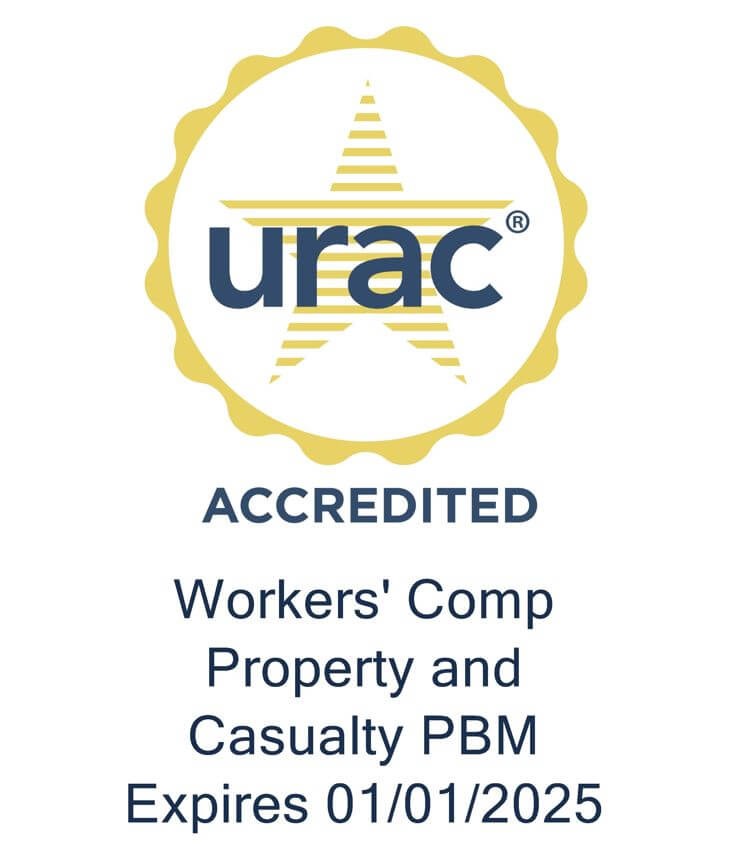By Healthesystems
Getting injured is always an unpleasant experience at the very least, and traumatic or debilitating in some instances. But it can be especially difficult for those who injure themselves on the job. On top of being out of work and in discomfort, pain, or worse, injured workers must navigate the often-complicated workers’ comp system that handles their care. If they don’t have enough guidance, figuring out this complex process can be overwhelming, frustrating, even demoralizing.
In fact, injured workers’ unfamiliarity with the workers’ comp system has been the number one barrier to their recovery for the past three years. That’s according to the 2023 Workers’ Comp Industry Insights Survey Report, which is based on a survey of 500 stakeholders across workers’ comp. The report highlights the fact that technology is an important factor in easing the workers’ comp journey for injured workers.
Why does this matter? Because having a positive claims experience is strongly associated with a successful, expedient recovery and return to work. Conversely, a negative experience can lengthen claim duration and increase complexity, as well as contribute to an injured worker’s decision to engage an attorney.
Technology is one way to help injured workers navigate the daunting workers’ comp system. Rather than replacing human engagement, mobile device-enabled communication can augment it by providing more touchpoints in the workers’ comp journey, allowing injured workers to engage in their care by communicating directly with claims teams. This digital communication may include anything from simple text capabilities to robust mobile apps that offer a more holistic experience.
Here are three ways mobile capabilities can drive meaningful engagement for injured workers:
1. Empower Injured Workers to Communicate:
Digital capabilities can provide the injured worker with relevant and timely information, resources, and guidance. In the 2020 Digital and Mobile Engagement Study completed by Healthesystems, 60% of respondents said they believe mobile solutions are the next important advancement in claims management. This is confirmed by usage statistics; 94% of injured workers use their mobile phone often and 70% regularly use text and email on their phone. There is clear value in solutions that allow injured workers to directly engage with their claims team in real time – from the initial reporting of the injury through the duration of the claim.
Mobile capabilities also allow injured workers to easily complete claims tasks and paperwork – bringing workers’ comp out of the fax and “snail mail” age and aligning with many other industries that have already made this switch for consumers. For example, the failure to complete initial paperwork in a timely fashion is associated with claims complexity and length. According to Dave Merrill, CEO of InsureTech company Gain Life, the electronic document exchange capabilities available through their digital platform for injured workers can make the turnaround for completed paperwork up to 32 times faster versus traditional methods of document completion.
2. Gain Insight Right from the Source:
The same bi-directional engagement that enhances the injured worker experience can provide claims organizations with insight gathered directly from the injured worker. There are many rich data sources available from which to glean awareness into indicators of a claim’s health – but one crucial source to include is information from the injured worker themself. This becomes especially relevant when helping to identify social and behavioral indicators of risk that claims teams can use to pinpoint when an injured worker may be struggling with their recovery process.
In turn, these insights can drive support to further enhance the injured worker experience. For example, insight-driven outreach opportunities can help prompt the scheduling of appointments, or even check in to see how the injured worker is feeling on a particular day. Mobile solutions can also help injured workers stay on track with adherence to their own care, as well as support claims organizations’ penetration strategies, such as tools that help find a network pharmacy or provider and keep track of appointments.
3. Put the User in Control:
In a world inundated with solutions and platforms for mobile engagement, user experience is key to garnering greater adoption. Part of this is having a solution that offers claims organizations the flexibility to provide their injured workers with an experience they feel will best serve their populations, while also including a level of customization for individual users. Meaningful experiences can range from text-only communications that deliver information at key touchpoints, to a fully integrated experience that offers robust resources and capabilities throughout the many aspects of the workers’ compensation continuum.
On top of this, today’s mobile solutions should consider opportunities for injured workers to customize their experience, from choosing preferred methods of communication (such as email or text) to preferred languages. This personalization is important because it puts the injured worker in the driver’s seat, empowering them to drive engagement and communication on their own terms. Ideally, providing an exceptional customized experience like this translates to user satisfaction, keeping the injured worker engaged throughout the course of their journey.
Learn what industry experts view as top barriers to injured worker recovery, and other insights related to the medical management of injured workers. Read the 2023 Workers’ Compensation Industry Insights Survey.






